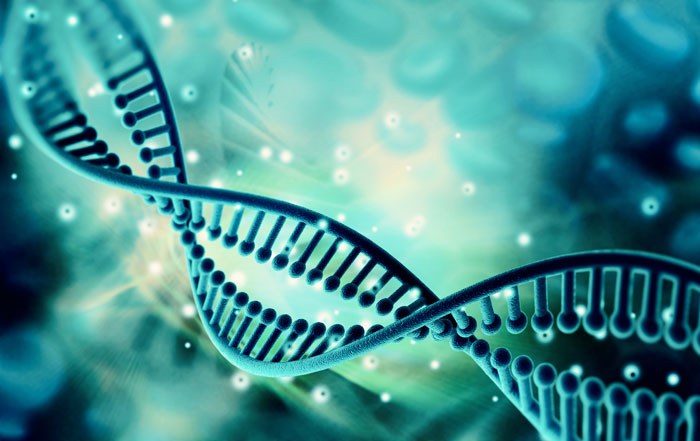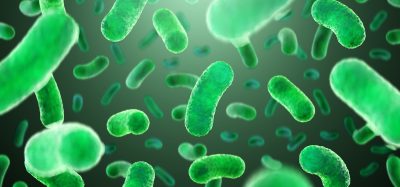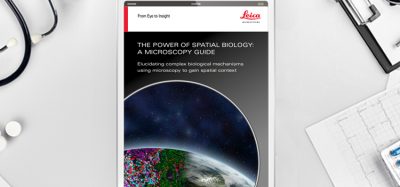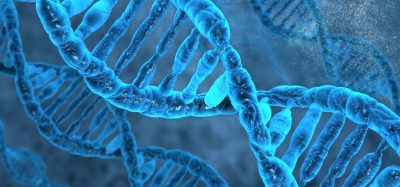Over one thousand new microbial genomes discovered
Posted: 14 June 2017 | Drug Target Review | 1 comment
Scientists at the U.S Department of Energy Joint Genome Institute (DOE JGI) have published a report that references 1,003 phylogenetically diverse bacterial and archaeal reference genomes.

The number of microbes in a handful of soil exceeds the number of stars in the Milky Way, but researchers know less about what’s on Earth because they have only recently developed the tools to sufficiently explore what is underfoot.
Now scientists at the U.S. Department of Energy Joint Genome Institute (DOE JGI) – a DOE Office of Science User Facility – have made a significant development toward uncovering the planet’s microbial diversity. In a recently published paper, DOE JGI’s Prokaryotic Super Program Head Nikos Kyrpides and his team of researchers reported the release of 1,003 phylogenetically diverse bacterial and archaeal reference genomes. This represents the single largest release to date.
“Bacteria and archaea comprise the largest amount of biodiversity of free-living organisms on Earth,” said Kyrpides, senior author of the paper. “They have already conquered every environment on the planet, so they have found ways to survive under the harshest of conditions with different enzymes and with different biochemistry.”
The U.S. Department of Energy is interested in learning more about this biodiversity because microbes play important roles in regulating Earth’s biogeochemical cycles – such as processes that govern nutrient circulation in terrestrial and marine environments. Uncovering the functions of genes, enzymes and metabolic pathways through genome sequencing and analysis has wide applications in the fields of bioenergy, biomedicine, agriculture and environmental sciences.
New genomes mean new applications
The effort is part of the DOE JGI‘s Genomic Encyclopedia of Bacteria and Archaea (GEBA) initiative that aims to sequence thousands of bacterial and archaeal genomes to help fill the gaps in unexplored frontiers of life on Earth. “In addition to identifying over half a million new protein families, this effort has more than doubled the coverage of phylogenetic diversity of all type strains with genome sequences”, said Supratim Mukherjee, a DOE JGI computational biologist and co-first author of the paper.
Since a great portion of research in microbial genomics has been focussed on human pathogens or biotechnological work horses, GEBA is the main effort worldwide attempting to address the phylogenetic coverage knowledge gap by sequencing a diverse set of cultured but poorly characterised microbial type strains.
“It was recognised that we weren’t sampling many parts of the tree of life,” said Rekha Seshadri, a DOE JGI computational biologist and co-first author of the paper. “And if we sampled some of those parts of the tree, we’d discover new functions, which could be an important resource for new applications.”
The release of these genomes is the culmination of almost a decade’s worth of work, with the first 56 GEBA genomes published in 2009. The microorganisms were isolated from environments ranging from sea water and soil, to plants, and to cow rumen and termite guts. Genome sequencing and analysis was done at the DOE JGI through the Community Science Program, and the 1,003 genomes are publicly available through the Integrated Microbial Genomes with Microbiomes (IMG/M) system. All associated metadata in compliance with the Genomics Standards Consortium is available through the Genomes OnLine Database.
Advancing wider scientific endeavours
With the release of high quality genomic information from the 1,003 reference genomes, DOE JGI is providing a wealth of new sequences that will be invaluable to scientists interested in experiments such as characterising biotechnologically relevant secondary metabolites or studying enzymes that work under specific conditions, Seshadri said. And because Kyrpides’ research team sequenced type strains that are readily available from culture collections, scientists can perform follow-up experiments with them in the lab, she adds. “The partnership with culture collection centres such as the Leibniz Institute DSMZ in Germany and the ATCC Global Bioresource Center in the U.S. was critical in accomplishing this endeavour,” said Kyrpides.
Though it’s evident that bacteria can jumpstart innovations in biotechnology – such as the species Streptococcus pyogenes, which produces the Cas9 protein that functions as the “scissors” in the breakthrough CRISPR-Cas9 gene editing tool – scientists have only just begun to uncover the hidden potential that exists within the wide genetic diversity of bacterial and archaeal phyla.
Related topics
Genomics, Microbiology, Microbiome, Sequencing
Related organisations
U.S Department of Energy Joint Genome Institute (DOE JGI)
Related people
Nikos Kyrpides, Rekha Seshadri, Supratim Mukherjee







Supreme annotation challenge.
My guess is that the value of these genomes will take a few years to emerge…